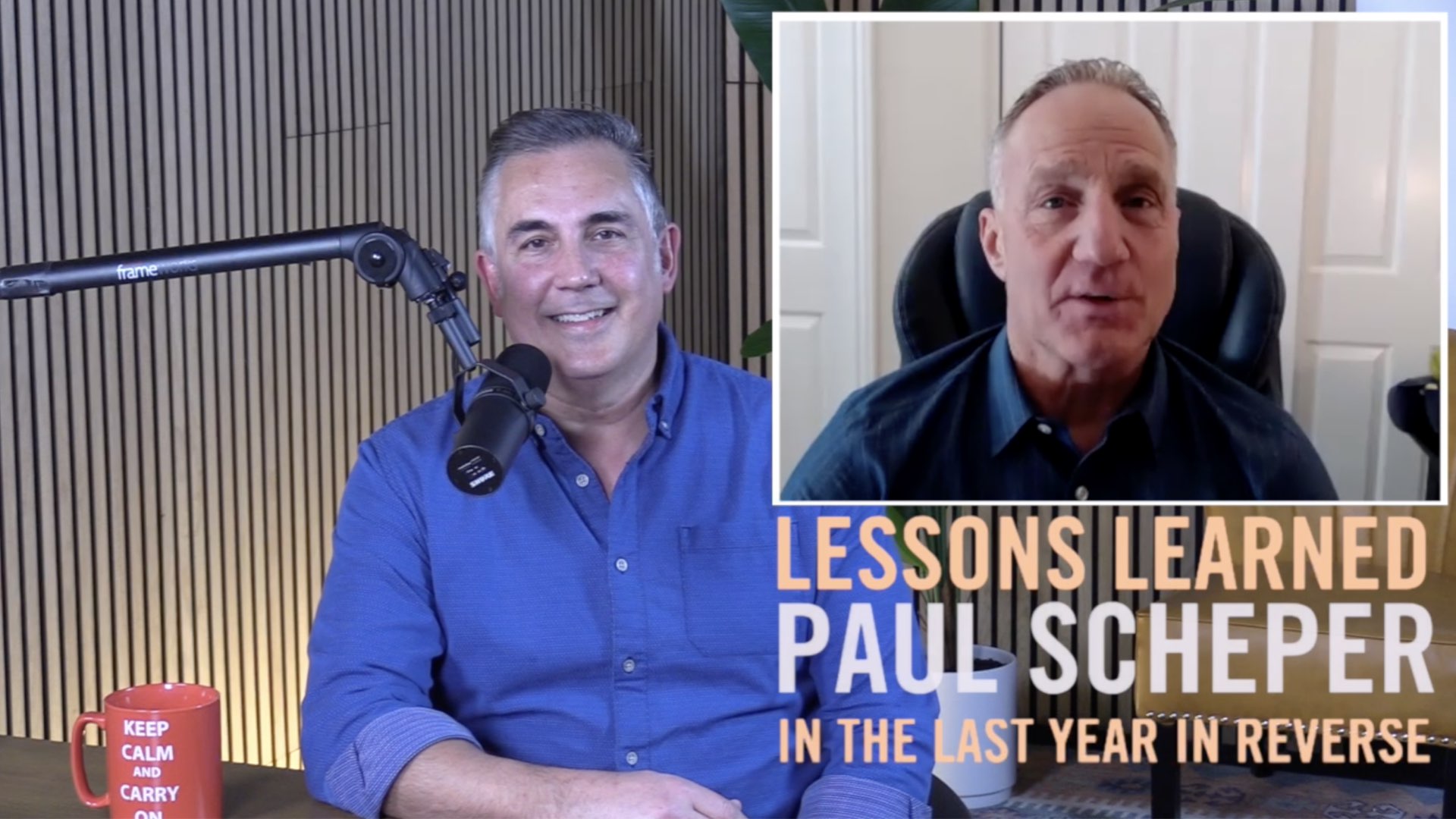Here’s why Americans remain pessimistic despite a strong economy.
Inflation is lower- well not really lower but the annual inflation rate has slowed. We covered that subject in our February 20th blog post ‘Don’t believe the CPI Lie’. To summarize, inflation gets baked into future prices and rarely reverses course. In essence, higher prices become the new baseline to which future inflation is added.
However inflation is much higher than what the government reports because the Consumer Price Index doesn’t account for higher minimum credit card payments or higher mortgage payments thanks to higher interest rates. This is especially difficult for older homeowners or retirees on a fixed income.
However, inflation is much higher than reported. Just because the GDP growth and low unemployment are shining on the economic forecast doesn’t mean that many consumers are under a dark cloud.
This contradiction can best be explained in a new working paper from the National Bureau of Economic Research entitled, “The Cost of Money is Part of the Cost of Living”. This paradox between the indicators and consumer sentiment may explain the increasing American pessimism about the economy.
The working paper reads in part, that consumer sentiment is “strongly correlated with borrowing costs and consumer credit supply”, more so than mere unemployment and annual inflation rates. The economy is booming, and everyone knows it – except for the American people says the Working Paper.
This should come as no surprise since home prices on average are 50% higher than they were when the pandemic began and the current average 30-year mortgage rate has increased threefold since 2021. Americans seeking to purchase a car may find qualifying for the loan difficult at best and certainly more expensive thanks to higher interest rates.
To put it simply, there’s a divergence between monthly CPI numbers and the American consumer experience.
Then there’s credit card debt. Older Americans carrying a credit card balance. On average cardholders with a balance are paying 5.25 percentage points more than they were before the Fed began its series of aggressive rate hikes. For example, a cardholder with a $10,000 balance only making minimum payments would be paying about $220 a month with a 16% interest rate. Today, that minimum payment would be $300 a month with the average 24% APR being charged by most card issuers today.
To put it simply, there’s a divergence between monthly CPI numbers and the American consumer experience, and older Americans are hurting.
That said, I have a closing thought for reverse mortgage originators watching.
The motivation behind how we approach potential borrowers is key to how receptive they are to potential solutions to their cash flow problems. Knowing the true cost of inflation think of yourself as a member of a search and rescue team. Searching for homeowners who need a solution to their financial predicament and when appropriate possibly rescuing them from unrelenting financial pressures in what should be their golden years.
.







 HSomRSan Clev
HSomRSan Clev






